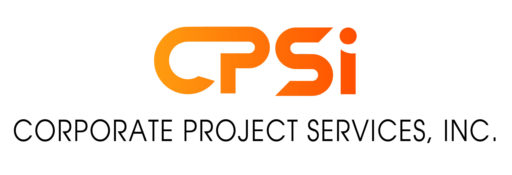-
September 23, 2023
Attributes of High-Performance Teams
Esther Lambert, PhD, PMP
Increased competition in the global business environment as well the revamping of workspaces from the fallout of the COVID-19 pandemic has challenged organizations to recognize that it is important to develop high performance teams instead of simply having employees work together as members of a team. From the early days of the tech revolution in the 1980s researchers like Manz and Sims (1987) made the argument that successful methods of developing high performance teams can be accomplished through team self-management. They believed that when employees become members of a self-managing group, they tend to define their work roles in terms of their value as contributors to the group’s primary task rather than in relation to one specific job. This holistic view allows the team to have a strategic view of the organization’s operations, with the possibility of a heightened sense of job ownership and as such increase their performance motivation.
Effective leadership strategies play a vital role in high performance team development. Leadership proponents like Robbins and Judge (2009) viewed leadership as the ability to influence a group toward achieving a vision or a set of goals rather than directing the goals. Collins (1995) viewed facilitating high performance teams In terms of the following:
- Demonstrate and encourage risk taking: This allows employees to develop initiatives and be proactive in dealing with problems. One such example was depicted by Manz and Sims who related an incident about an assembly line hourly-paid production worker of a manufacturing company recognizing a problem with a batch of material. The worker, even though he was not in quality control, risked identifying the problem and running tests on the product himself, which saved the company time and money. Had the company not empowered the employee the freedom of risk taking, this worker would not have felt he had the autonomy to resolve a problem that he recognized.
- Giving team members the freedom to fail: This freedom was encouraged by Kaplan (2007) who stressed the importance of allowing employees to fail without fear of being blamed for this. This allows them confidence to alert management of looming problems. Team members who fear being blamed for errors may try to fix the problem themselves or engage in cover up behaviors, which may put the organization at risk. Assurance that allows them to fail allows team members to actively seek mentorship which can actually minimize failure.
- Foster hands-on team learning: Management experts like Peter Senge argued that teams improve their performance when the organization promotes generative or proactive learning over reactive or adaptive learning as this promotes creativity among team members. Generative learning is most effective though a hands-on learning system, as team members are willing to expand their initiative and creativity. This in turn improves productivity, which generally enhances the organization’s competitive edge.
- Ensure high quality human and physical resources: The requirement of having qualified human, and sufficient and efficient physical resources cannot be overstated. For the team’s efficient and effective performance, it is important that members have constant access to development programs to improve performance and increase efficiency, which can contribute to what Manz and Sims refer to as self-managing teams. This autonomy among employees affords the organization’s executive the time and space to focus on its strategic issues and this is a plus for the enterprise. Physical support in the form of a comfortable working environment, equipment such as hardware and software are also vital to the team’s performance.
- Assign facilitator/coordinator to support team activities: Some organizations have adopted the concept and practice of reforming the role of the manager into that of a facilitator/coordinator. This fosters team development in the form of goal setting between members and facilitator. This promotes the ownership by team members of set goals, since they are participants in goal-setting exercises, and as such elicits high self-expectations for accomplishing goals. Such practice is especially crucial in this current environment of remote work as managers are now facilitators of self-directed employees. This level of coordination encourages team members to take a high level of responsibility for their performance.
We are in an ever-changing work environment where organizations, their leaders and employees are required to have flexibility to remain competitive, and even survive. The traditional way of working, in some organizations, is seemingly a thing of the past. It is therefore critical that organizational leaders provide team members with information, tools and autonomy to develop and maintain attributes of high performance.
References
Collins, M. (1995). High performance teams and their impact on the organization. Journal for Quality & Participation, 1(7), 24.
Kaplan R. (2007,) What to ask the person in the mirror. The Harvard Business Review, 85(1) January 2007, 86–95.
Manz, C. & Sims, H. (1987) Leading Workers to Lead Themselves: The External Leadership of Self-Managing Work Teams. Administrative Science Quarterly, 32(1), 106-129.
Robbins, S. & Judge, T. (2009). Organizational Behavior (13th edition ed.). Upper Saddle River, NJ: Pearson Prentice Hall.
Senge, Peter (1991) The Learning Organization Made Plain. Training & Development (10), 37-44.
- Categories:
- Weekly update
